Deadly Solar Flares Turning Planets Uninhabitable
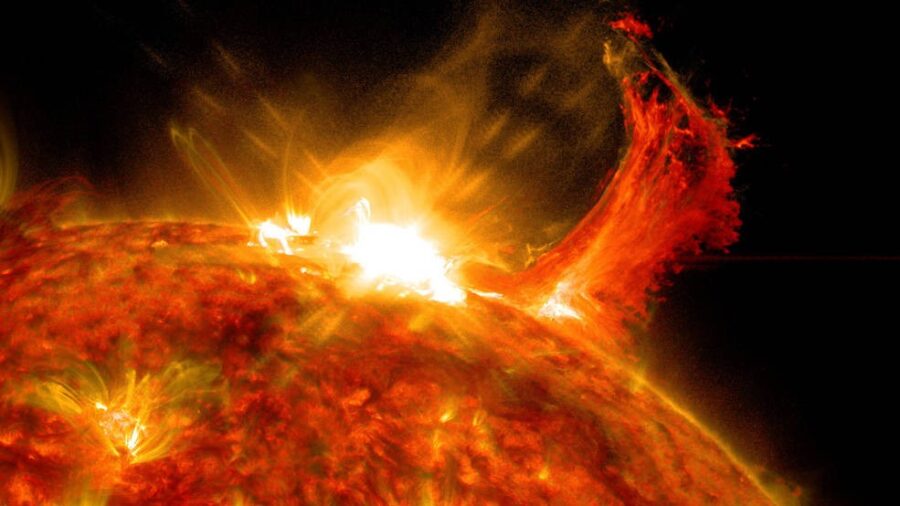
Humans have long fantasized about one day living on other planets. NASA’s space exploration often involves examining whether life exists on other worlds and how inhabitable these other planets would be for people now. Unfortunately, new research suggests that many of the other planets out there may be too dangerous for humans to live on due to exposure to harmful solar flares.
Red Dwarf Stars

However, it is not our Sun causing these issues, but rather the smaller red dwarf stars near these other planets. People might assume that the Sun has the most potential for harm due to its size, but the smaller stars often have just as much, if not more, energy packed into them, but it is overflowing due to their smaller size. With so much energy concentrated into a smaller star, it compacts and has nowhere to go but out, creating solar flares that make nearby planets unable to sustain life.
Solar Flares Are More Common Than We Thought
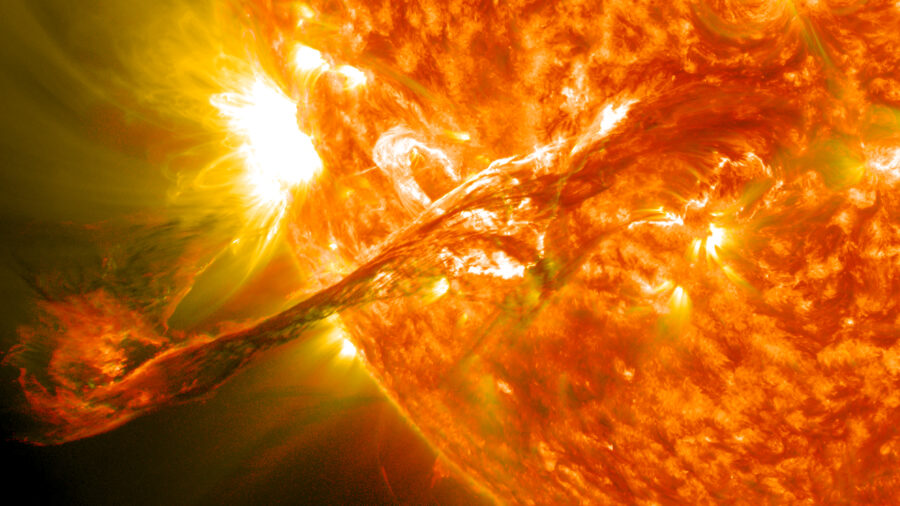
Scientists determined this by examining the findings from the Galaxy Evolution Explorer, which scanned the universe for UV light to determine how common flares were. Previously, scientists had believed that solar flares were enough of a rarity that other planets would not be endangered by them. However, now scientists realize that solar flares are much more common from other stars than they had believed.
“Few stars have been thought to generate enough UV radiation through flares to impact planet habitability,” said Vera Berger, team leader for the survey regarding solar flares and a University of Cambridge researcher. “Our findings show that many more stars may have this capability.”
Blast Exoplanets Of All Life
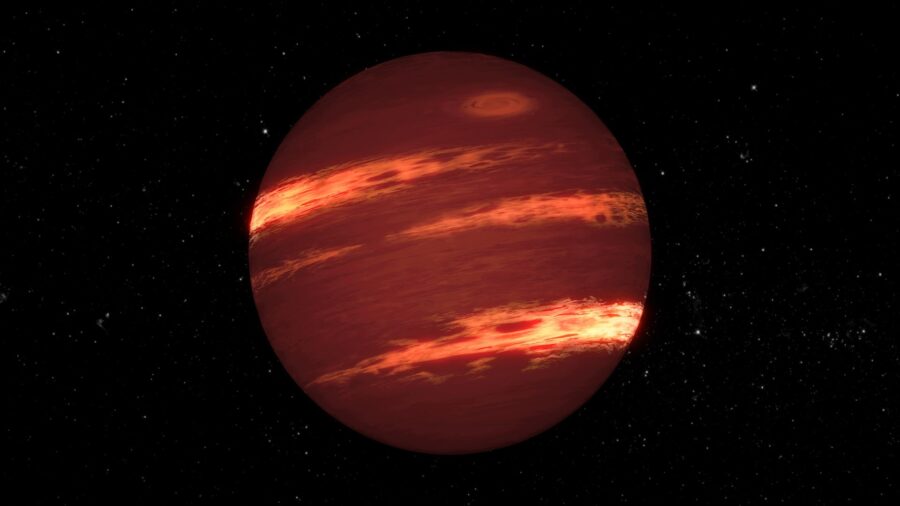
This new research goes to show why life on Earth is truly an anomaly in what we know of the universe. None of the planets NASA has been able to learn about so far currently have life on them and part of that may be due to the Earth’s luck of the draw in being positioned far enough away from any such stars emitting such dangerous solar flares.
It is not just the heat from solar flares but also the harmful effects of intense UV exposure. Scientists say that it breaks down the atmosphere around these planets, providing them less protection even when solar flares are not occurring.
The Trouble With Finding An Earth-Like Planet
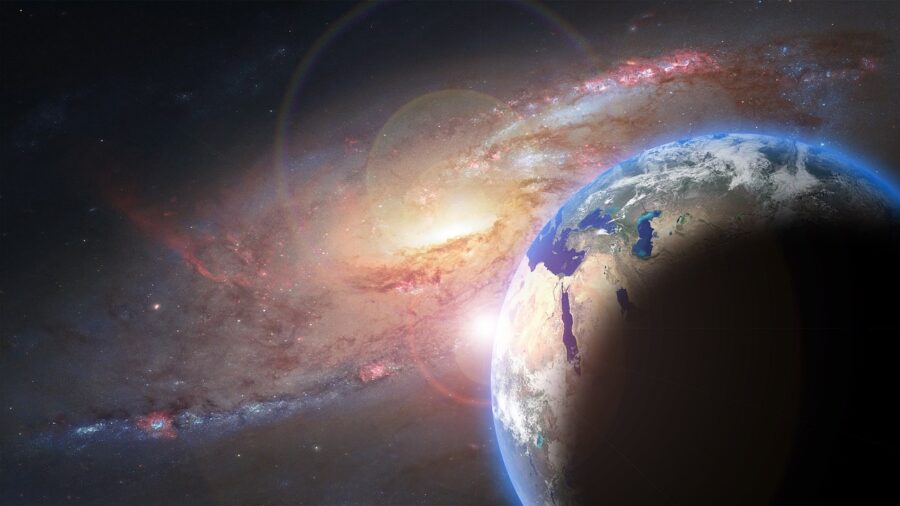
As the state of our own planet’s longevity has come into question, many people have dreamed about the human race, perhaps colonizing another planet to ensure the preservation of our species for many years to come. However, these new findings suggest it may actually be very difficult to find a planet that can sustain human life. Researchers currently are not even aware of why these solar flares are so common in red dwarf stars.
A New Cosmic Threat
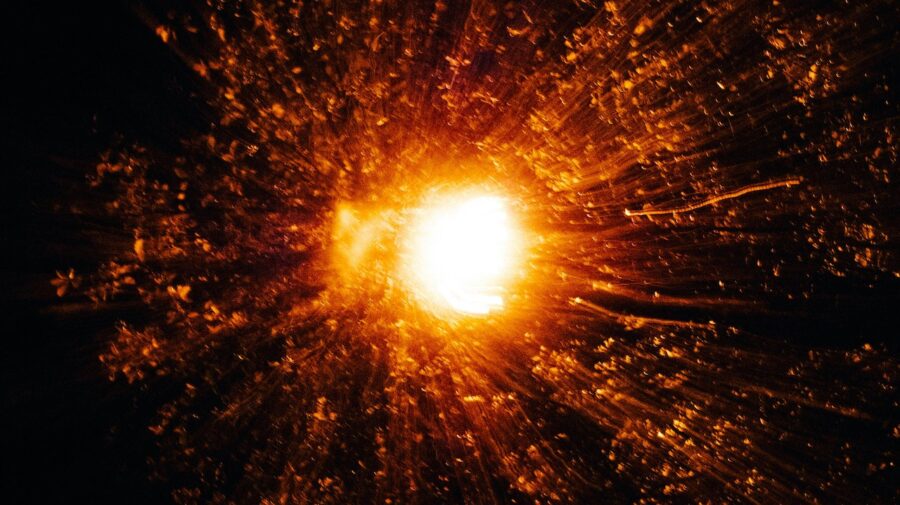
The fact is, these intense blasts of UV emissions pose a new threat that NASA needs to analyze. The findings from the Galaxy Evolution Explorer examined thousands of different stars to determine the prevalence of this issue. While the solar flares are no immediate danger to the Earth, it does serve as a cautionary tale that scientists want to be prepared for.
“Our work puts a spotlight on the need for further exploration into the effects of stellar flares on exoplanetary environments,” Berger said of the matter. “Using space telescopes to obtain UV spectra of stars will be crucial for better understanding the origins of this emission.”
Source: Oxford Academic












